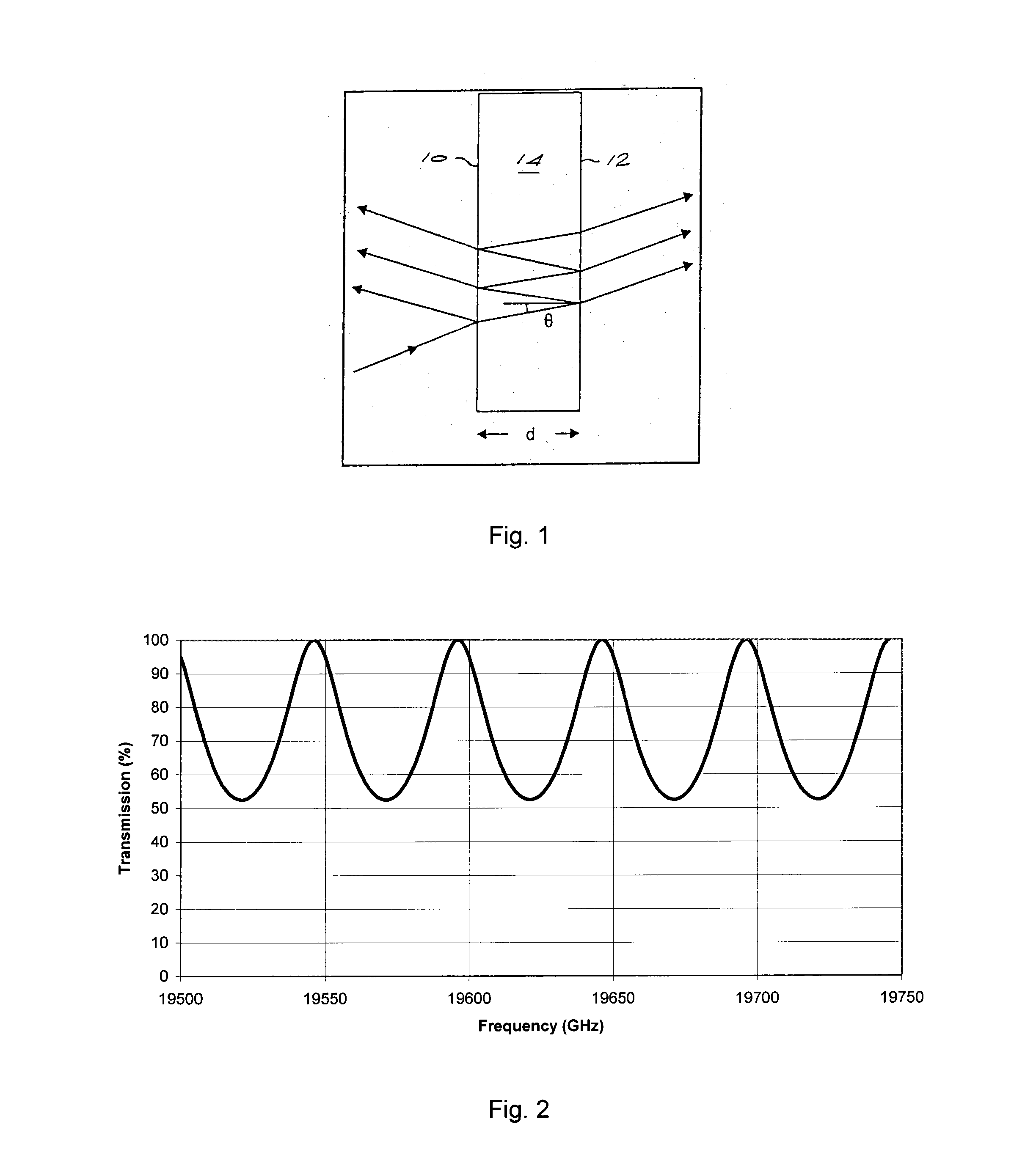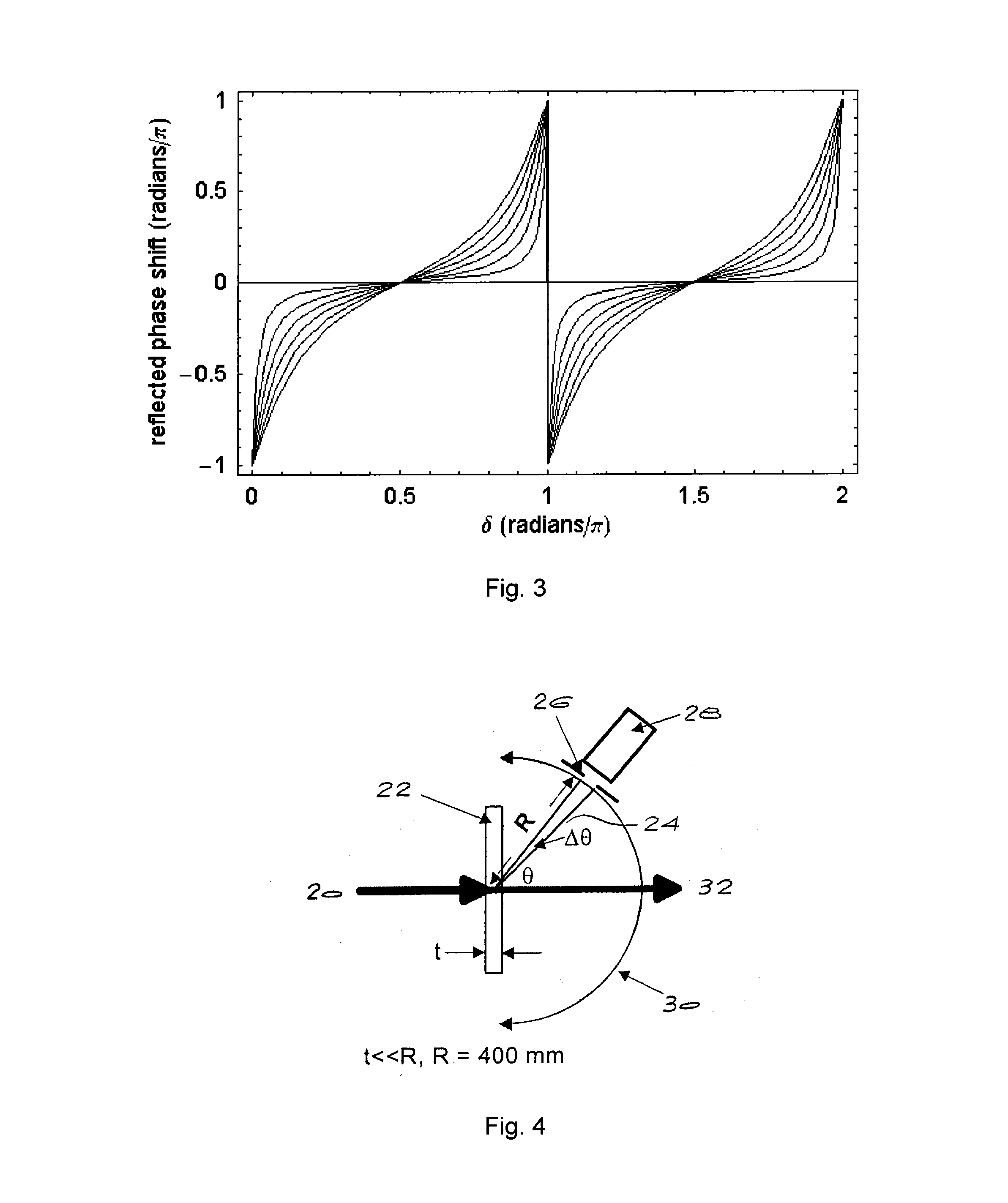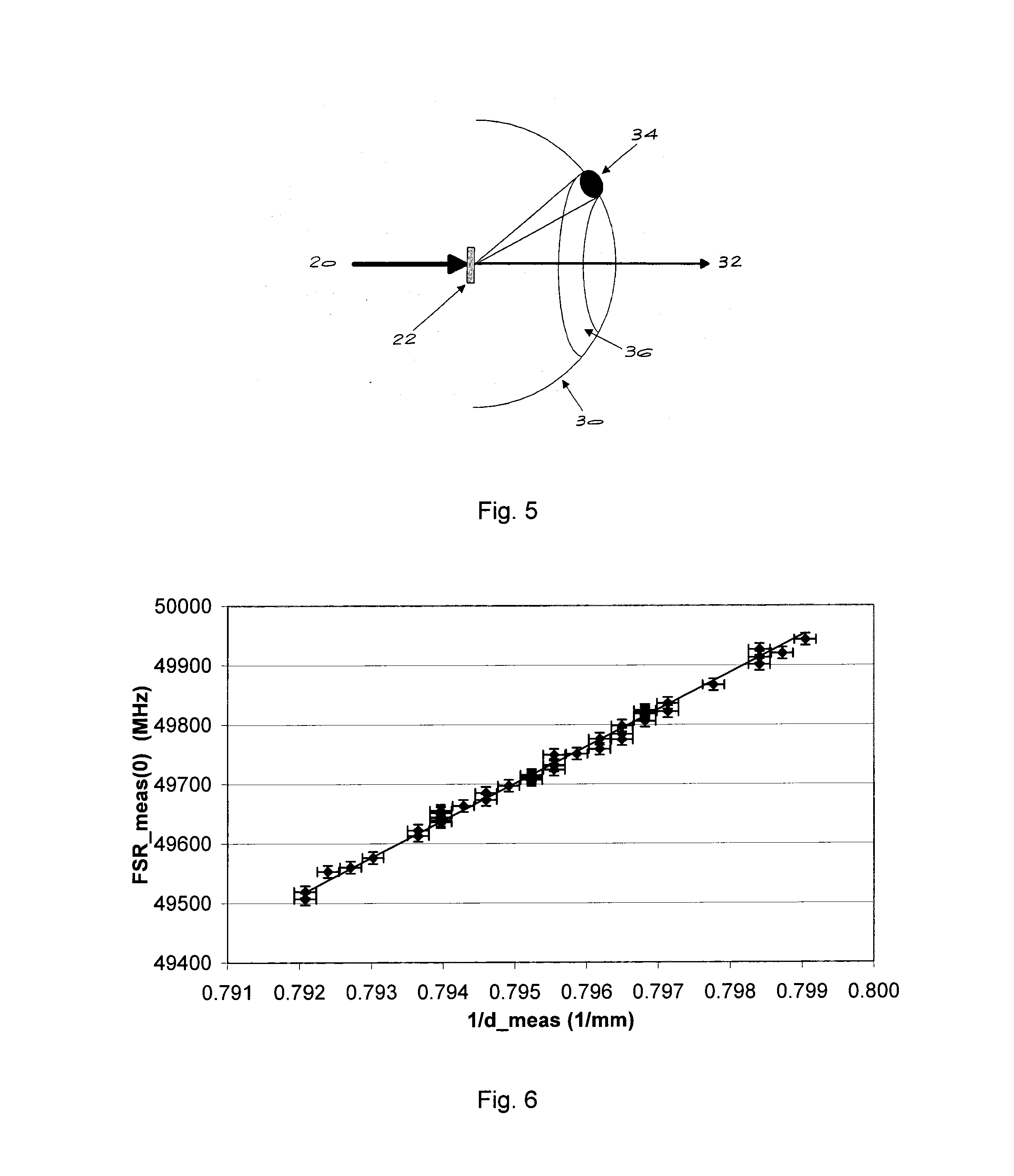Optical quality diamond material
a diamond material and optical quality technology, applied in the field of chemical vapour deposition (cvd) diamond material, can solve problems such as limiting the final performance, and achieve the effects of preventing or reducing local strain generation defects, preventing or reducing deleterious absorption
- Summary
- Abstract
- Description
- Claims
- Application Information
AI Technical Summary
Benefits of technology
Problems solved by technology
Method used
Image
Examples
example 1
[0179]Substrates suitable for synthesising single crystal CVD diamond of the invention may be prepared as follows:[0180]i) Selection of stock material (type Ia natural stones and type Ib HPHT stones) was optimised on the basis of microscopic investigation and birefringence imaging to identify substrates which were free of strain and imperfections.[0181]ii) Laser sawing, lapping and polishing to minimise subsurface defects using a method of a revealing plasma etch to determine the defect levels being introduced by the processing.[0182]iii) After optimisation it was possible routinely to produce substrates in which the density of defects measurable after a revealing etch is dependent primarily on the material quality and is below 5×103 / mm2, and generally below 102 / mm2. Substrates prepared by this process are then used for the subsequent synthesis.
[0183]A high temperature / high pressure synthetic type Ib diamond was grown in a high pressure press, and as a substrate using the method des...
example 2
[0200]A set of 6 mm×6 mm×0.4 mm plates of homoepitaxial CVD diamond were synthesised according to the method described in Example 1. From these plates, a set of rectangular test samples, 3 mm×5 mm in lateral dimensions and 0.17 to 0.22 mm thick were cut, ensuring that the cut pieces were free from growth sector boundaries.
[0201]The set of samples was polished on a scaife using a range of diamond powders down to 0.1 μm. Care was taken to ensure that, as far as possible, all sub-surface damage was removed from the samples. The final polishing stage with the finest grit is vital as this controls the final surface flaw size distribution. After the top and bottom surfaces were polished, the edges of the samples were prepared to the same standard. After polishing was complete, the surfaces were examined by Nomarski interference contrast and ‘micromapped’ to check the surface roughness. Nomarski microscopy at a magnification of ×200 revealed that there where no visible defects in the surfa...
example 3
[0210]A set of 3 plates of homoepitaxial CVD diamond were synthesised according to the method described in Example 1. These were prepared as optical plates of thickness 0.60-0.64 mm and with lateral dimensions of up to 6 mm×6 mm. Sets of Deltascan images, each covering an area of 1 mm×0.75 mm, were recorded for each sample at a wavelength of 589.6 nm.
[0211]Each Deltascan sine δ image was analysed for the maximum value of |sin δ| using 100% of the data and theses maximum values are shown in the |sin δ| maps below.
[0212]The Deltascan map of sample E4.1, showing the maximum value of |sin δ| in each frame of 1 mm×0.75 mm is shown immediately below.
[0213]Analysis of the data above shows the following
[0214]over an area of 2.0 mm×2.25 mm the maximum value for |sin δ| is 0.3
[0215]over an area of 3.0 mm×4.0 mm the maximum value for |sin δ| is 0.6
[0216]over an area of 5.25 mm×4.0 mm the maximum value for |sin δ| is 0.9
[0217]The Deltascan map of sample E4.2, showing the maximum value of |sin δ...
PUM
| Property | Measurement | Unit |
|---|---|---|
| δ | aaaaa | aaaaa |
| δ | aaaaa | aaaaa |
| δ | aaaaa | aaaaa |
Abstract
Description
Claims
Application Information
 Login to View More
Login to View More - R&D
- Intellectual Property
- Life Sciences
- Materials
- Tech Scout
- Unparalleled Data Quality
- Higher Quality Content
- 60% Fewer Hallucinations
Browse by: Latest US Patents, China's latest patents, Technical Efficacy Thesaurus, Application Domain, Technology Topic, Popular Technical Reports.
© 2025 PatSnap. All rights reserved.Legal|Privacy policy|Modern Slavery Act Transparency Statement|Sitemap|About US| Contact US: help@patsnap.com



